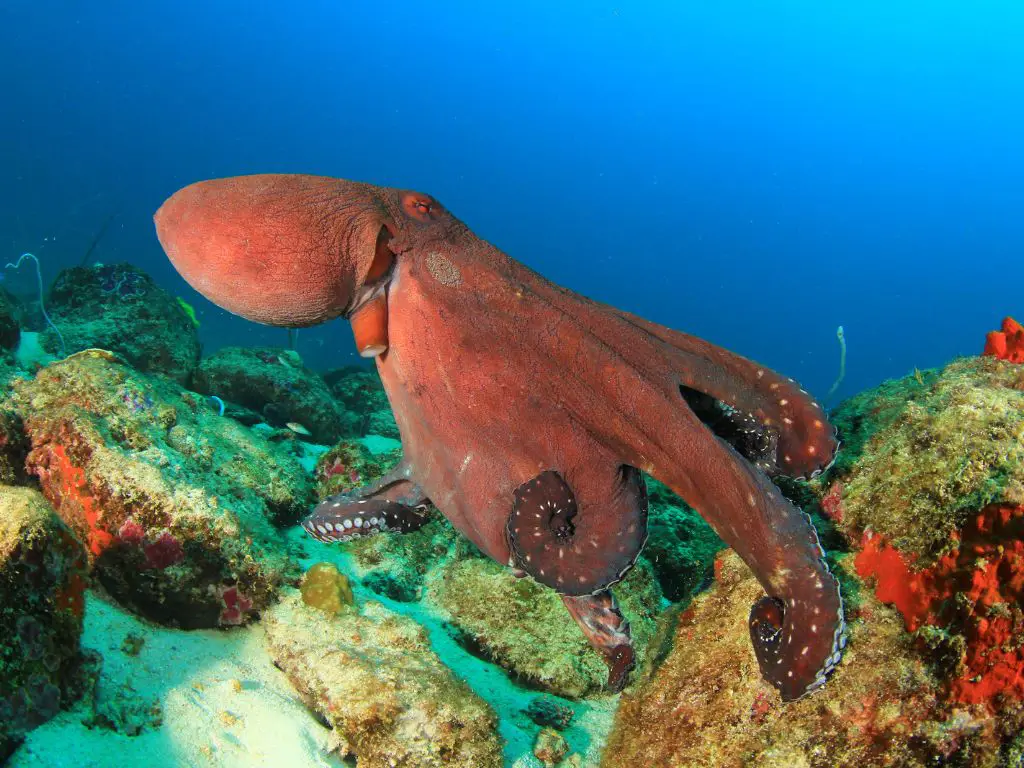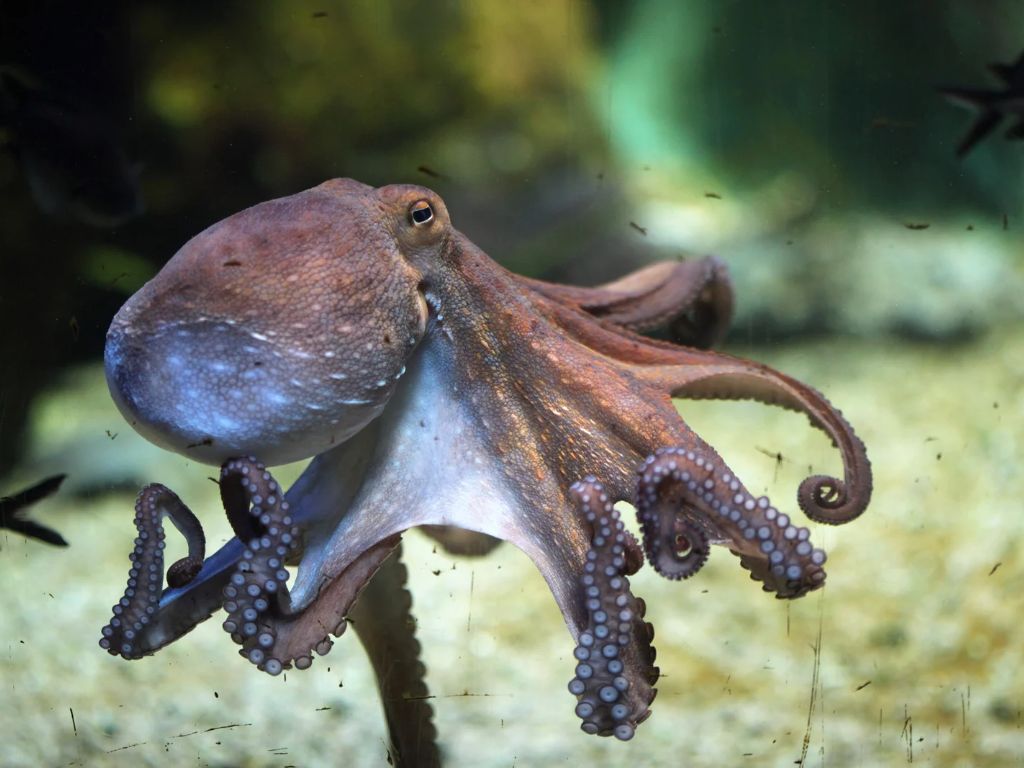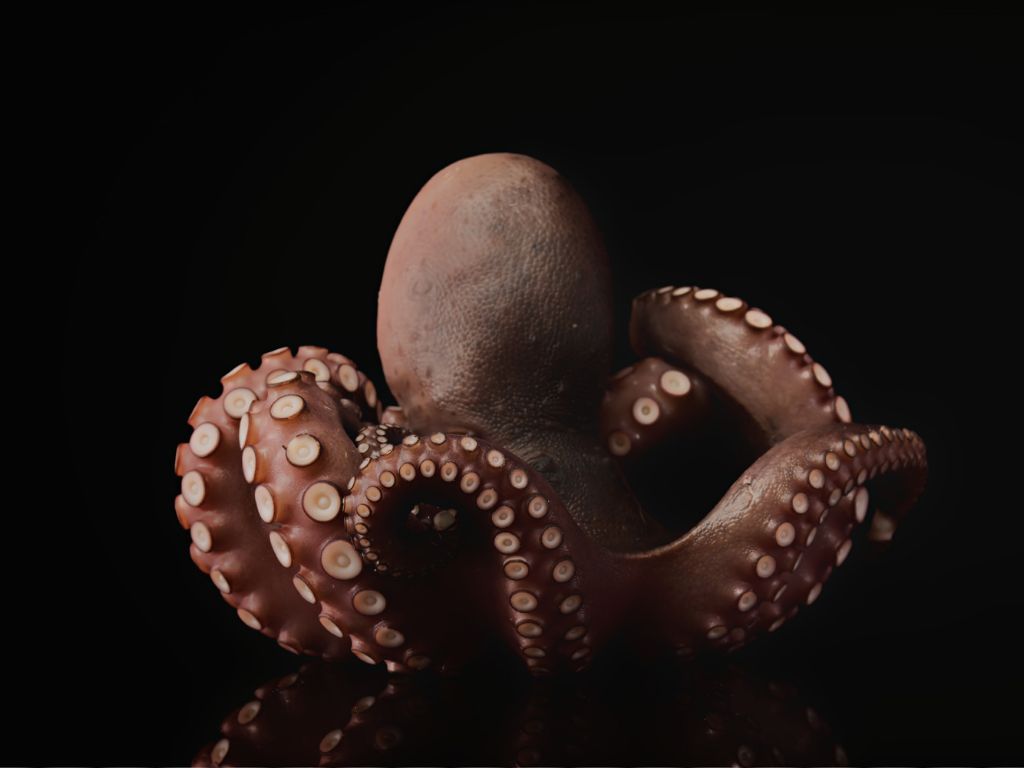Octopuses are fascinating creatures that can change their color, shape and texture, squeeze into tiny spaces, and even regrow their limbs. But did you know that they also have more than one heart? In fact, octopuses have three hearts, each with a different function and location in their bodies. Here is a closer look at the anatomy and physiology of these amazing animals.
How Many Hearts Does the Octopus Have
The Systemic Heart
The systemic heart is the largest and most muscular of the three hearts. It is located in the center of the octopus’s body, near the digestive system. Its main function is to pump oxygenated blood to the rest of the body, except for the gills. The systemic heart has two chambers: an atrium that receives blood from the gills, and a ventricle that pumps blood to the arteries¹.
The Branchial Hearts
The branchial hearts are two smaller and weaker hearts that are attached to each of the octopus’s two gills. They are also called the gill hearts because their main function is to pump deoxygenated blood from the veins to the gills¹. The branchial hearts have one chamber each: a ventricle that contracts to push blood through the capillaries of the gills².
Why Three Hearts?
The reason why octopuses need three hearts has to do with the low blood pressure that results from their respiratory system. Octopuses breathe by drawing water into their mantle cavity and passing it over their gills, where oxygen is extracted and carbon dioxide is released. The oxygenated blood then leaves the gills at low pressure, which is not sufficient to deliver blood to the body efficiently¹. Therefore, octopuses have another heart after the gills to repressurize the blood and send it to the body effectively³.
Humans have a similar problem with low blood pressure after oxygen exchange in the lungs. However, humans solve this problem by having a four-chambered heart that pumps blood twice: once to the lungs and once to the body. Octopuses solve this problem by having multiple hearts that pump blood once: one to the gills and one to the body³.
Facts About Octopus Hearts
- Octopuses have blue blood because their hemocyanin, a copper-containing protein that carries oxygen in their blood, turns blue when it binds with oxygen⁴.
- Octopuses can survive with only two hearts if one of their branchial hearts fails or is removed⁴.
- Octopuses can control their heart rate by sending signals from their brain to their hearts⁴.
- Octopuses can temporarily stop their systemic heart when they are threatened or stressed, which helps them reduce their metabolism and oxygen consumption⁴.
Octopuses are remarkable animals that have adapted to their aquatic environment in many ways. One of these adaptations is having three hearts that help them maintain adequate blood pressure and oxygen delivery throughout their bodies. By learning more about these animals, we can appreciate their diversity and complexity.





